- “MSI VGA GeForce RTX 4060 GAMING X 8G VGA CARD” already exists in your wishlist
GIGABYTE GeForce RTX 5060 Ti WINDFORCE OC 16G Graphics Card, 16GB 128-bit GDDR7, PCIe 5.0, WINDFORCE Cooling System
225.000 OMR
Out of stock
- GPU Architecture: NVIDIA Blackwell with 4th-gen RT and 5th-gen Tensor cores
- CUDA Cores: 4,608
- Boost Clock: 2,587 MHz (Factory Overclocked)
- Memory: 16GB GDDR7, 28 Gbps, 128-bit interface (448 GB/s bandwidth)
- Interface: PCIe 5.0 x16 (electrically x8)
- Power: Single 8-pin connector, 180W TDP, 650W PSU recommended
- Cooling: WINDFORCE 2X dual fans with alternate spinning, composite heatpipes, graphene lubricant
- Outputs: 3× DisplayPort 2.1b, 1× HDMI 2.1b (8K support)
- Features: DLSS 4, Reflex 2, Dual BIOS, RGB lighting, 3-year warranty
People Also Viewed
-
 Cotton Acoustic Insulation Sound Foam Panels Sound Dampening Foam Soundproof Wall Panels Sound Panels Noise Reduction
1.500 OMR
Cotton Acoustic Insulation Sound Foam Panels Sound Dampening Foam Soundproof Wall Panels Sound Panels Noise Reduction
1.500 OMR
-
 Very comfortable office chairs, Comfortable foam
24.900 OMR
Very comfortable office chairs, Comfortable foam
24.900 OMR
-
 LAN CABLE CAT 6
Price range: 0.200 OMR through 10.000 OMR
LAN CABLE CAT 6
Price range: 0.200 OMR through 10.000 OMR
-
 Thermal Grizzly Aeronaut long-term durability ( 1 Gram )
2.500 OMR
Thermal Grizzly Aeronaut long-term durability ( 1 Gram )
2.500 OMR
-
 Haysenser wifi + bluetooth AX900 USB WiFi 6 Network Adapter Free Driver BT5.3 WiFi Dongle Dual Band 900Mbps High Gain Antenna Network Card Wireless Receiver for Windows10/11 HY-900BT
4.900 OMR
Haysenser wifi + bluetooth AX900 USB WiFi 6 Network Adapter Free Driver BT5.3 WiFi Dongle Dual Band 900Mbps High Gain Antenna Network Card Wireless Receiver for Windows10/11 HY-900BT
4.900 OMR
Description
✅ Key Specifications
| Feature | Specification |
|---|---|
| GPU Architecture | NVIDIA Blackwell – 4th-gen RT cores, 5th-gen Tensor cores, DLSS 4, Frame Generation, Reflex 2 (gigabyte.com) |
| CUDA Cores | 4,608 |
| Boost Clock | 2,587 MHz (OC) vs. 2,572 MHz reference |
| VRAM | 16 GB GDDR7 @ 28 Gbps on a 128‑bit bus (448 GB/s bandwidth) |
| Interface | PCIe 5.0 x16 (electrically x8) |
| TDP | Nominal 180 W; card draws ~109 W TDP but peaks higher |
| Power Connector | Single 8‑pin PCIe; 650 W PSU recommended |
| Memory Bus | 128‑bit GDDR7 memory interface |
| Cooling System | WINDFORCE 2X: 2x Hawk fans (alternate spin), composite copper heatpipes, server-grade conductive gel, screen cooling, reinforced backplate |
| Fan Tech | 3D Active Fan (spins down at idle), graphene nano lubricant |
| Dimensions | ~208 × 120 × 40 mm (dual-slot) |
| Outputs | 3× DisplayPort 2.1b; 1× HDMI 2.1b (up to 8K 120 Hz or 4K 480 Hz via DSC) |
| Max Resolution | 7,680×4,320 (8K) |
| BIOS | Dual BIOS (Performance and Silent) |
| Other Features | RGB side plate, LED power connector alert, ultra-durable components (MOSFET, solid caps), friendly PCB design |
| Warranty | 3 years |
1. NVIDIA Blackwell Architecture & Feature Set
As part of the RTX 50 Series under the Blackwell architecture, the RTX 5060 Ti delivers major advancements:
- 4th-generation RT cores provide real-time ray tracing with improved Mega Geometry support (gigabyte.com).
- 5th-gen Tensor cores power DLSS 4, offering multi-frame generation, better super resolution, and reduced latency.
- Reflex 2 with Frame Warp further reduces input lag in competitive gaming.
- NVIDIA Studio, Broadcast, and RTC video tools enable AI-driven content creation and streaming enhancements (gigabyte.com).
The RTX 5060 Ti thus supports cutting-edge technologies, matching features of higher-end 5070-class cards.
2. Memory Bandwidth & VRAM Capacity
Its 16 GB of GDDR7 memory, clocked at 28 Gbps on a 128-bit bus, supplies 448 GB/s bandwidth—a notable upgrade over GDDR6 alternatives (wired.com, en.wikipedia.org).
This VRAM allows:
- Smooth high-resolution texture loading in 1080p/1440p gameplay.
- Future-proofing for creative and AI workloads.
- Control of VRAM bottlenecks that appear in lesser-equipped 8 GB models.
3. Cooling & Build Quality: WINDFORCE 2X
Gigabyte’s WINDFORCE 2X cooler is more than just dual fans:
- Two Hawk fans with alternate spinning reduce airflow turbulence, increasing pressure by ~53.6% and airflow by ~12.5% (reddit.com, wired.com, en.wikipedia.org, helloexpress.net, gigabyte.com).
- Graphene nano lubricant extends fan lifespan.
- Server-grade thermal gel between VRAM and MOSFETs ensures high-quality thermal contact (gigabyte.com).
- Composite copper heatpipes and screen cooling enhance heat dissipation.
- 3D Active Fan halts fan rotation during light loads for silent idle.
- Reinforced backplate improves structural integrity.
- Quality electronics: low-RDS MOSFETs, metal chokes, low-ESR capacitors reduce EMI and losses (gigabyte.com).
Reviews highlight strong thermal performance and reliable build quality, though Winforce’s fans have occasional complaints regarding noise over time (reddit.com).
4. Real‑World Performance
A. Factory Overclock & Boost
The Gigabyte model delivers a clock of 2,587 MHz, outperforming the reference 2,572 MHz . Overclocking may yield further gains.
B. Gaming Benchmarks
1080p Performance:
- Cyberpunk 2077 (RT Low): ~110 FPS at 1080p; ~71 FPS at 1440p without DLSS (dateks.lv, alktech.co).
- Assassin’s Creed Mirage: ~125 FPS avg at 1080p ultra; ~98 FPS at 1440p .
- Far Cry 6: 1440p ultra ~113 FPS; 1080p ~144 FPS (alktech.co).
- Black Myth Wukong: 1080p ~77 FPS; 1440p ~53 FPS (alktech.co).
- Shadow of the Tomb Raider: 1080p ~108 FPS; 1440p ~69 FPS .
These figures confirm excellent 1080p and capable 1440p performance, particularly when DLSS 4 is enabled.
C. Ray Tracing + DLSS 4
DLSS 4’s multi-frame generation enhances performance and fidelity, pushing playable FPS even in demanding RT settings.
5. Content Creation, Streaming & AI Workloads
Thanks to its AI features and vast VRAM:
- NVENC 9th-gen and AV1 support enable high-quality streaming.
- Offers accelerated editing/exporting in Premiere, DaVinci Resolve, and After Effects.
- Strong compute power aids Blender/OptiX, AI modeling, and Neural Remastering.
- PIXEL ART via AI and RTX Remix help modders retexture classic titles.
6. Overclocking & Software Features
- Dual BIOS offers Performance and Silent profiles (en.wikipedia.org, bhphotovideo.com, gigabyte.com, helloexpress.net).
- Slight factory overclock indicating robust component quality (helloexpress.net).
- MSI Center/Afterburner control (since it’s Gigabyte, use AORUS Engine).
- Indicators and fan control improve safety and performance.
7. Form Factor & Compatibility
At around 208×120×40 mm, it’s compact and dual-slot, suitable for most mid-tower and compact builds (ryans.com).
A single 8-pin connector plus 650W PSU compatibility eases setup.
8. Comparison to Other GPUs
| GPU | VRAM | Bandwidth | Boost Clock | TDP | Price | Highlights |
|---|---|---|---|---|---|---|
| Gigabyte RTX 5060 Ti OC 16G | 16GB | 448 GB/s | 2,587 MHz | ~180 W | ~$500 | Large VRAM+, strong aftermarket cooler |
| RTX 5060 16G (base) | 16GB | 448 GB/s | ~2,572 MHz | ~145 W | $379+ | Less cooling/power but similar performance |
| RTX 4070 | 12GB | 672 GB/s | ~2,625 MHz | 250 W | $549 | More power consumption, larger bandwidth |
| AMD RX 7700 XT | 16GB | 512 GB/s | – | ~230 W | $449 | Similar raw perf, diff. RT/DLSS tradeoffs |
The RTX 5060 Ti OC offers a stellar price-performance combination, enabling strong 1080p/1440p gaming and future-proofed VRAM.
9. Potential Drawbacks
- Fan noise potential under stress—some reports of rattling (thefpsreview.com, reddit.com, nabava.net, en.wikipedia.org, reddit.com, wired.com, reddit.com).
- Vram & bandwidth may constrain game texture settings approaching 4K, though manageable with DLSS.
- PCIe x8 might raise minor PCIe 5-era compatibility concerns, though no real impact.

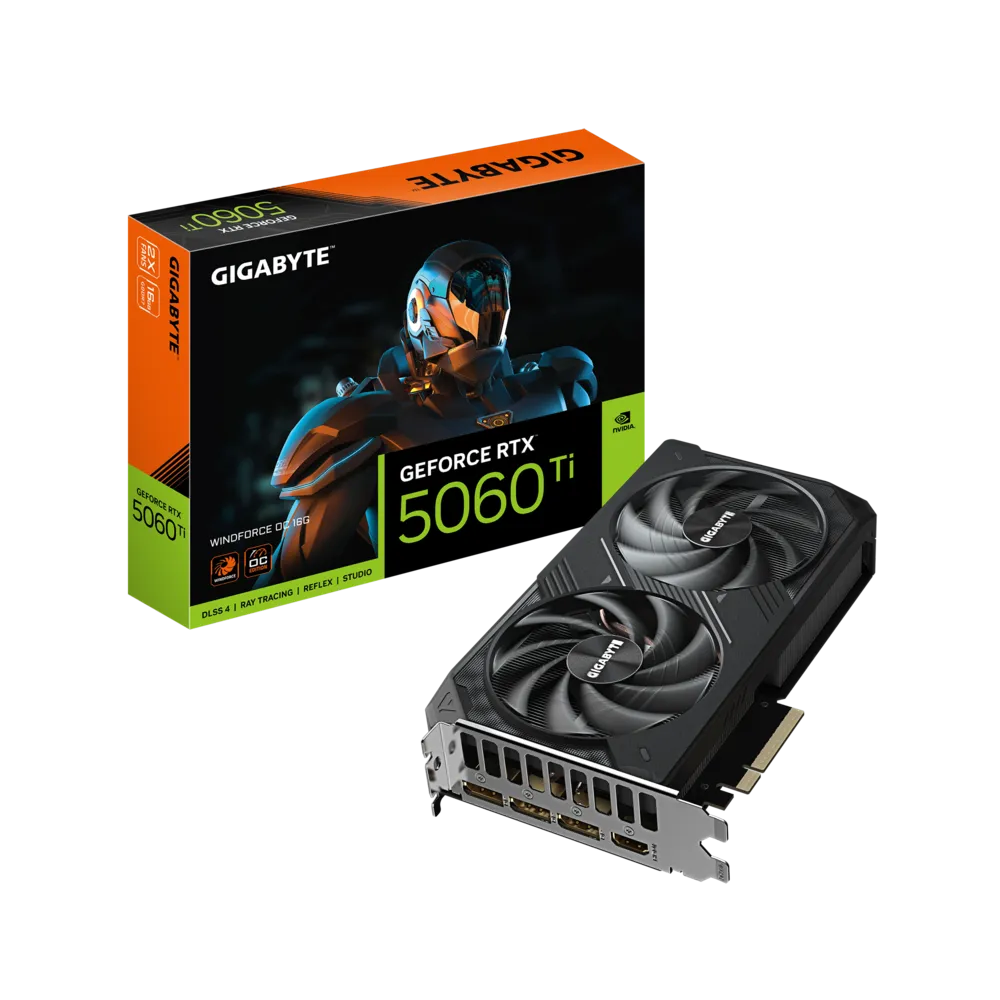
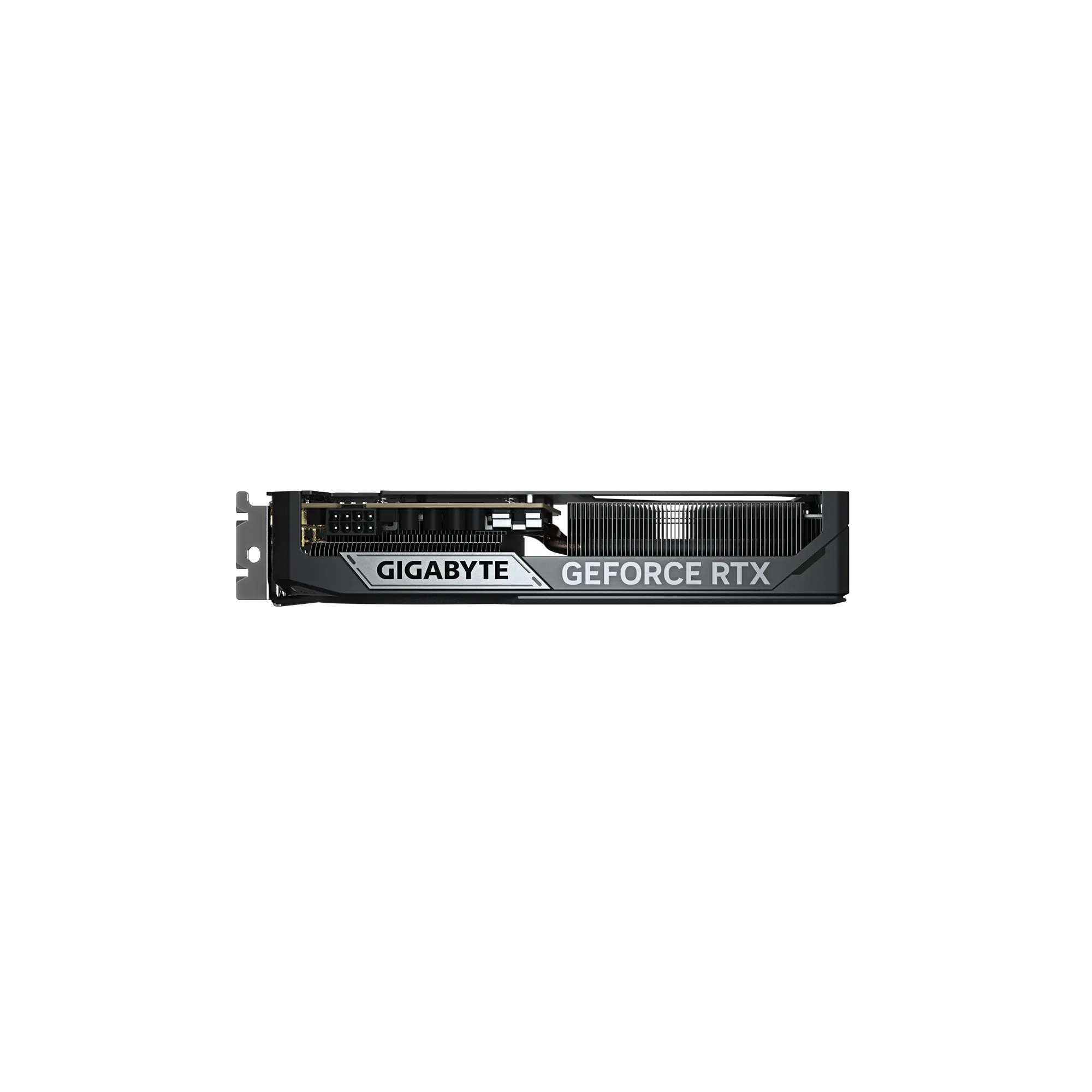
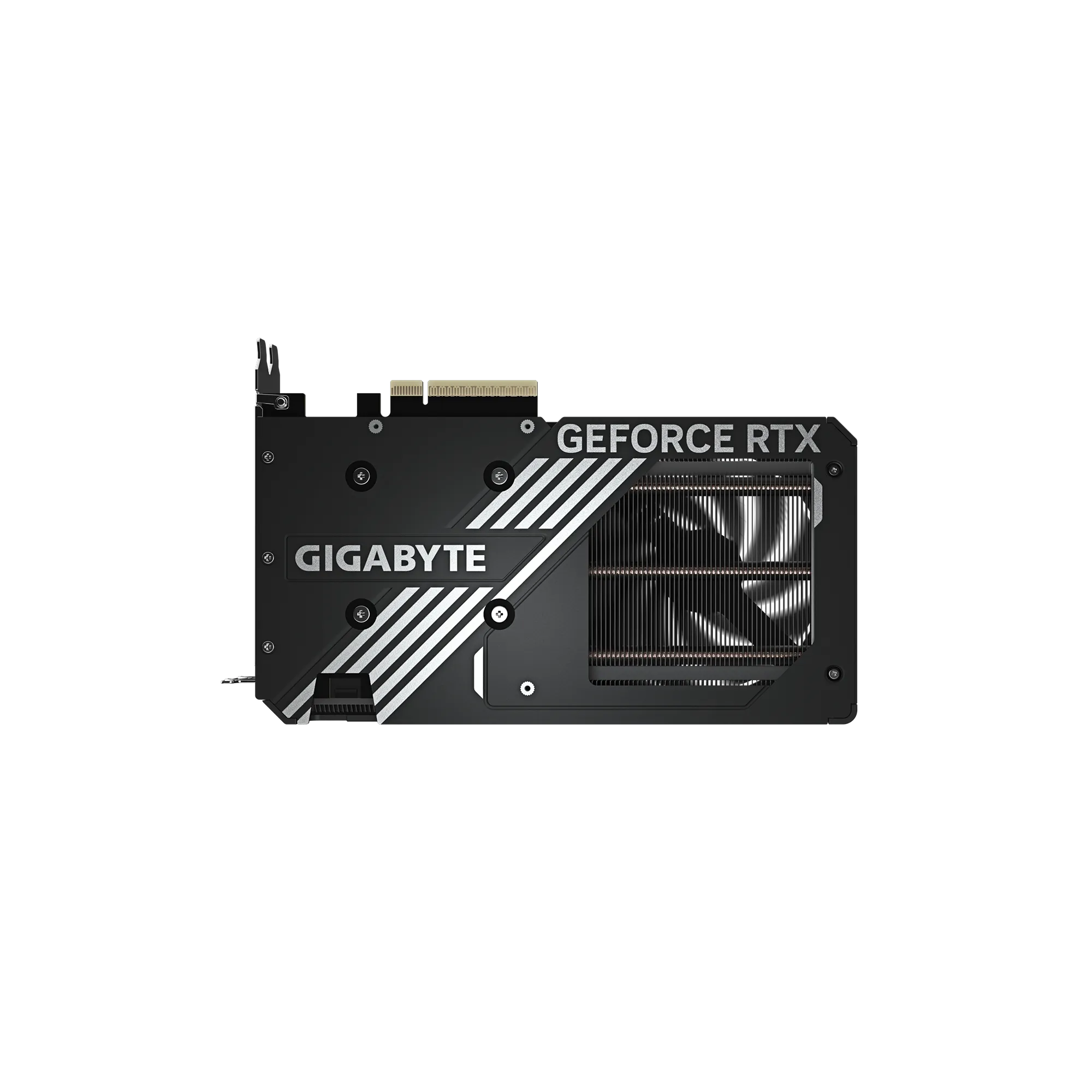
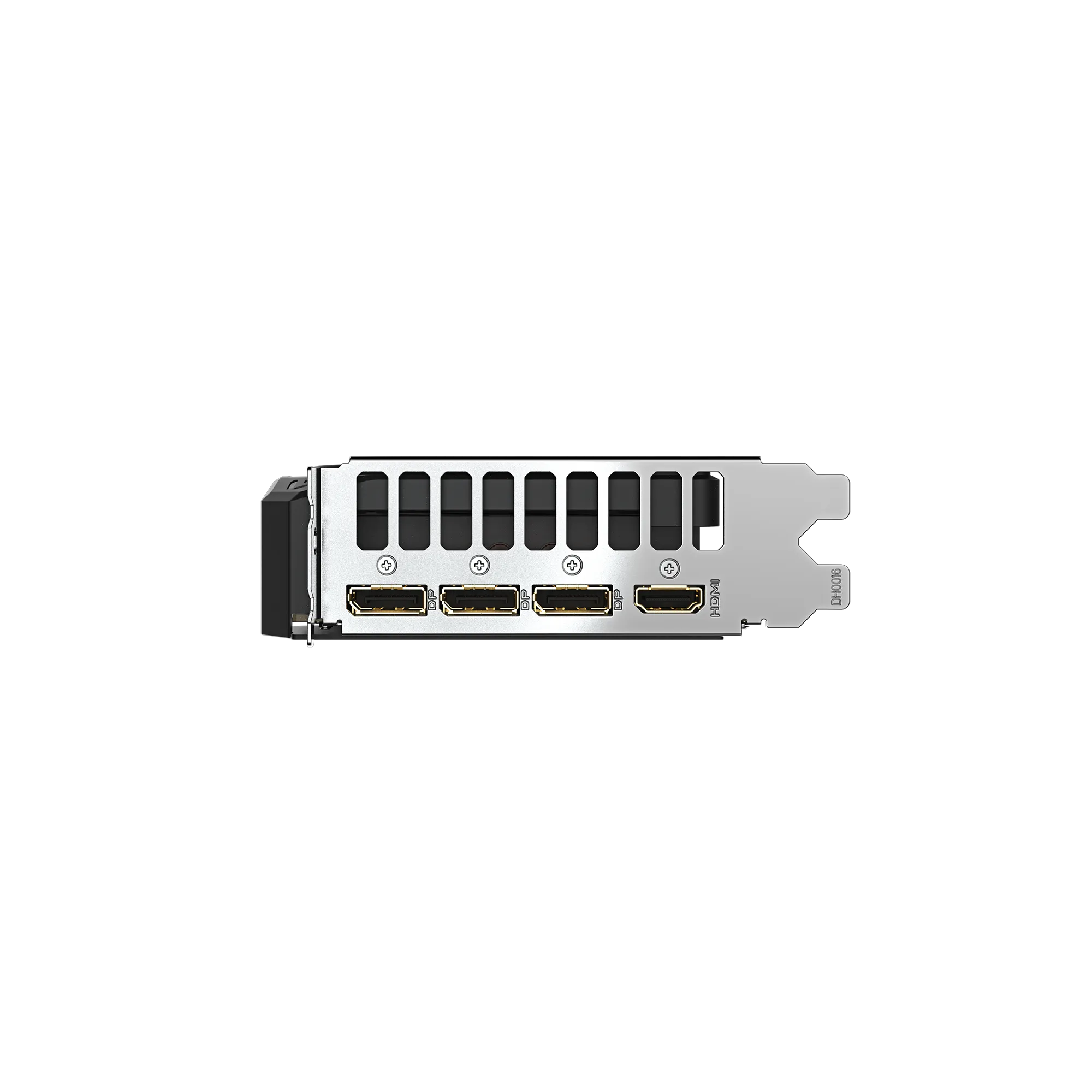
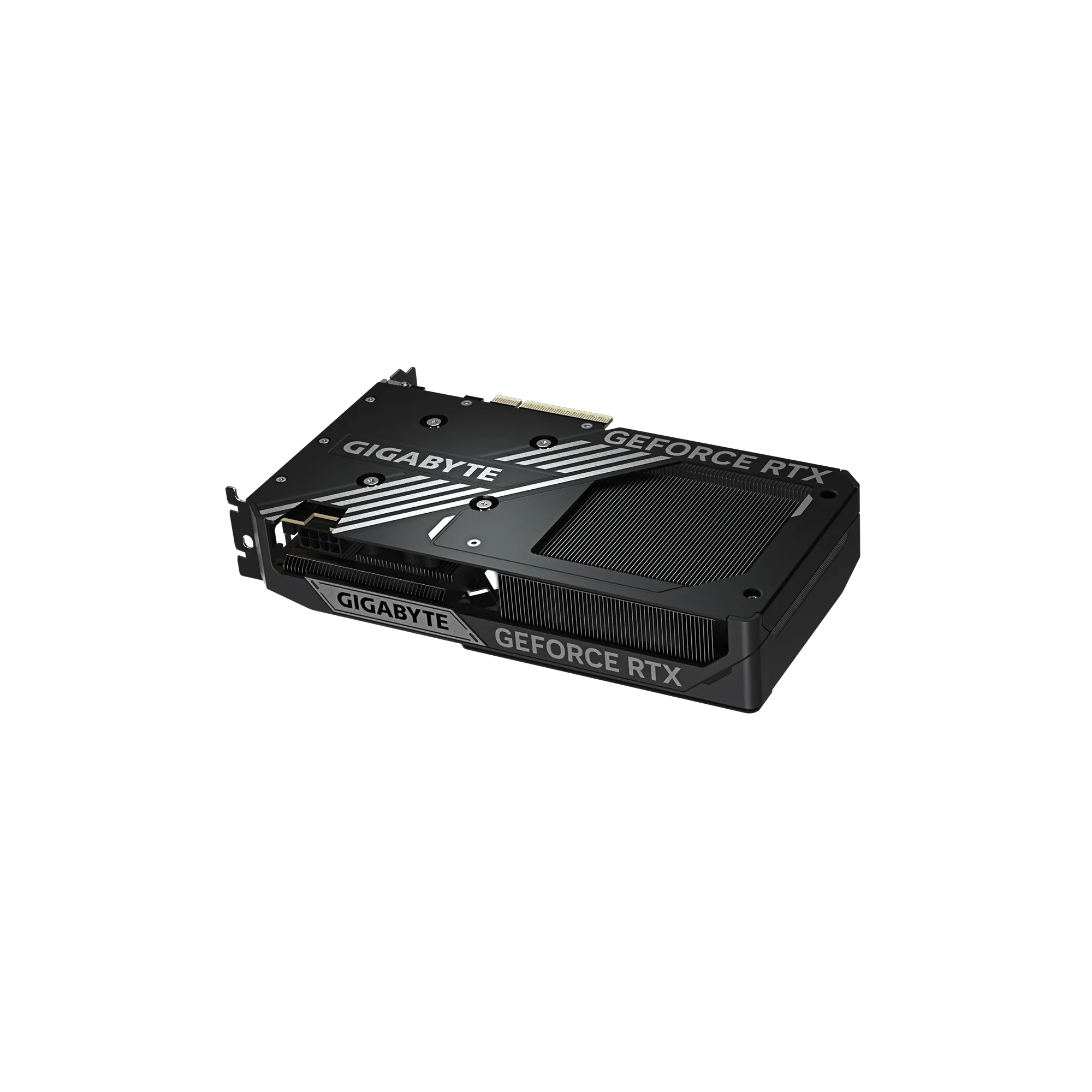
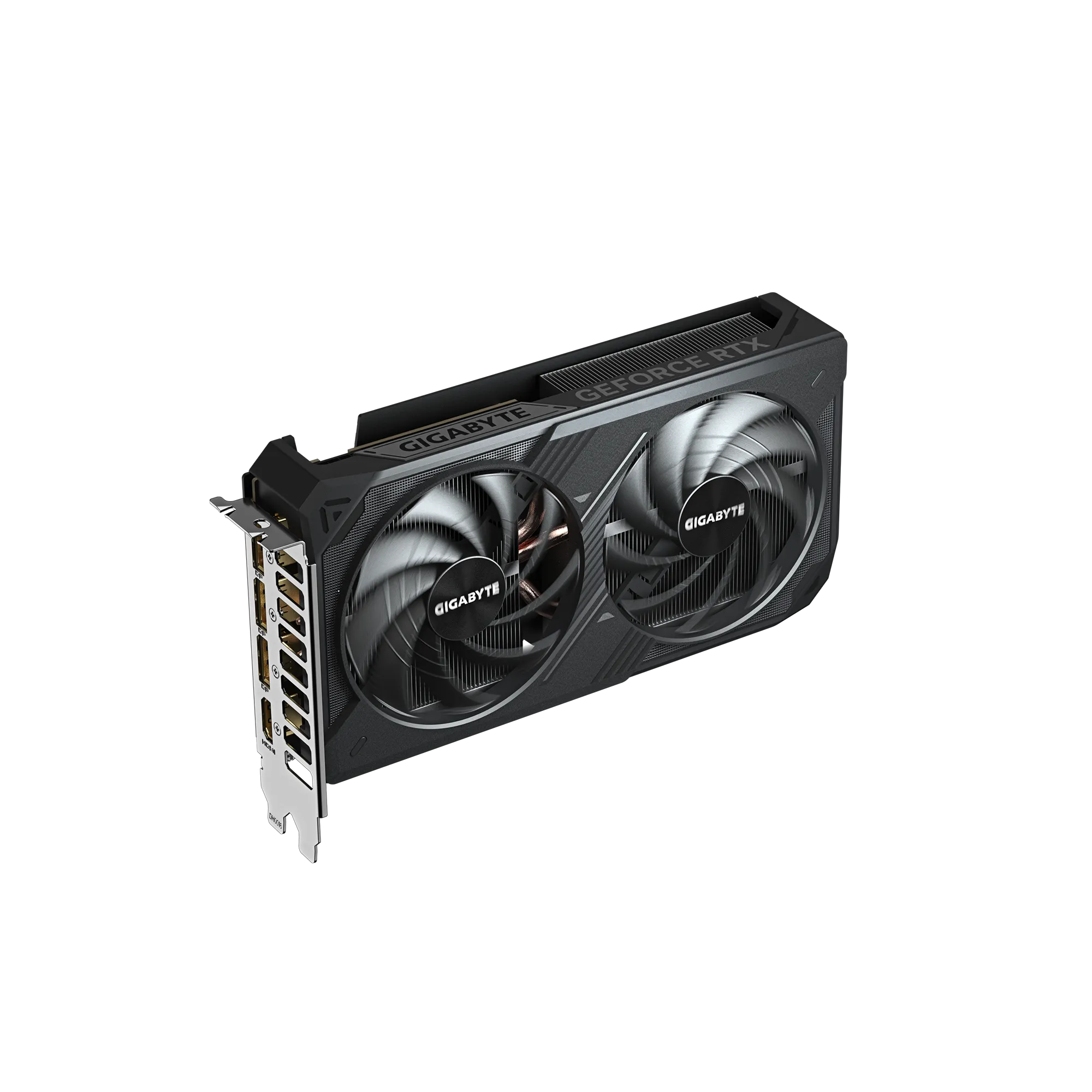
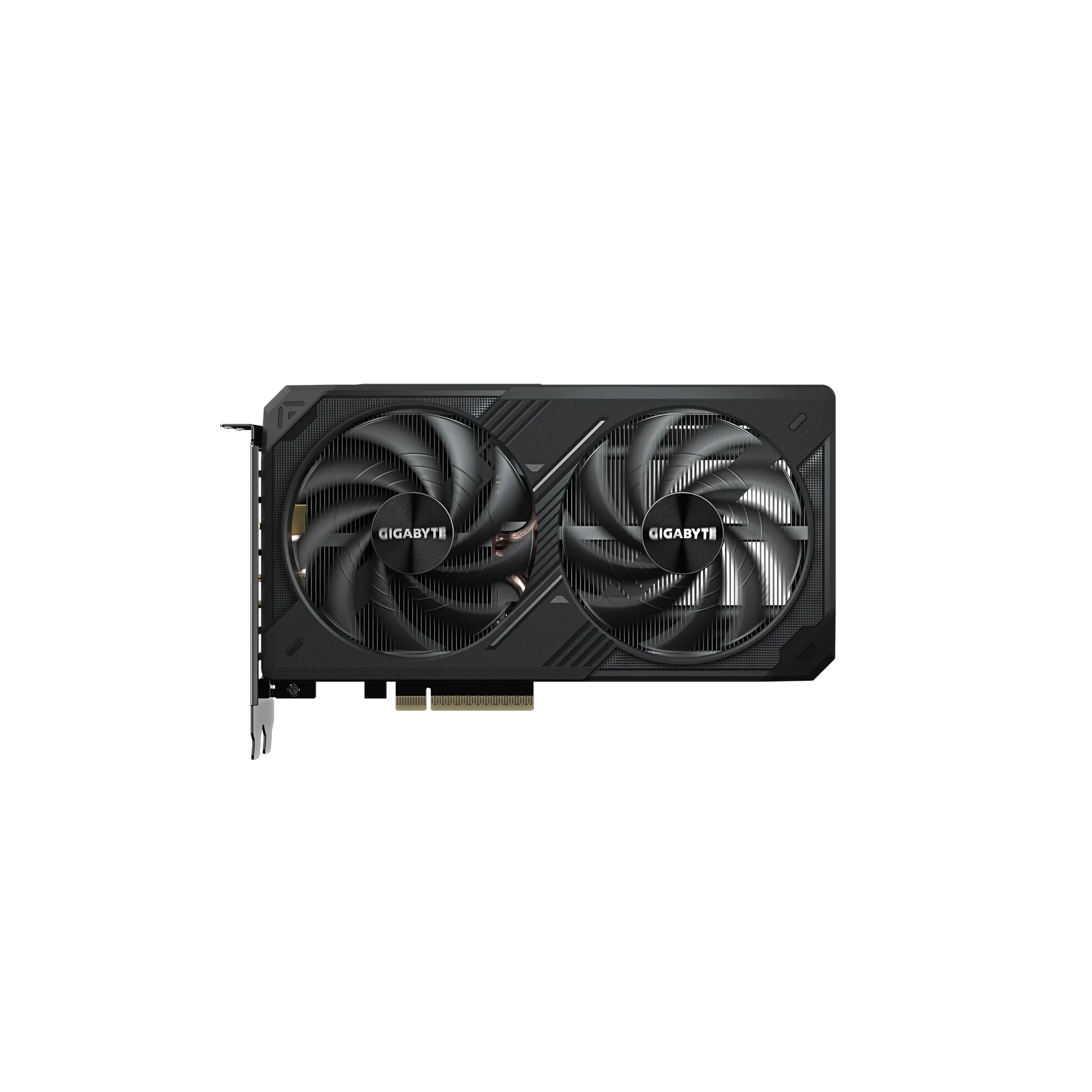




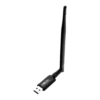





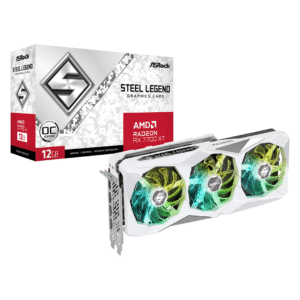
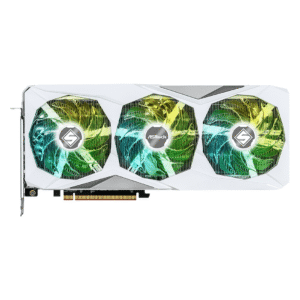


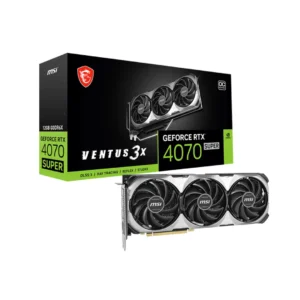
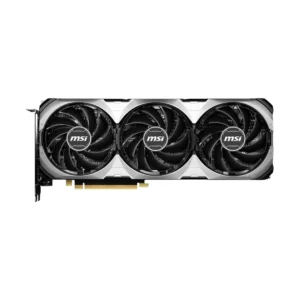








 No products in the cart.
No products in the cart.
Reviews
There are no reviews yet.